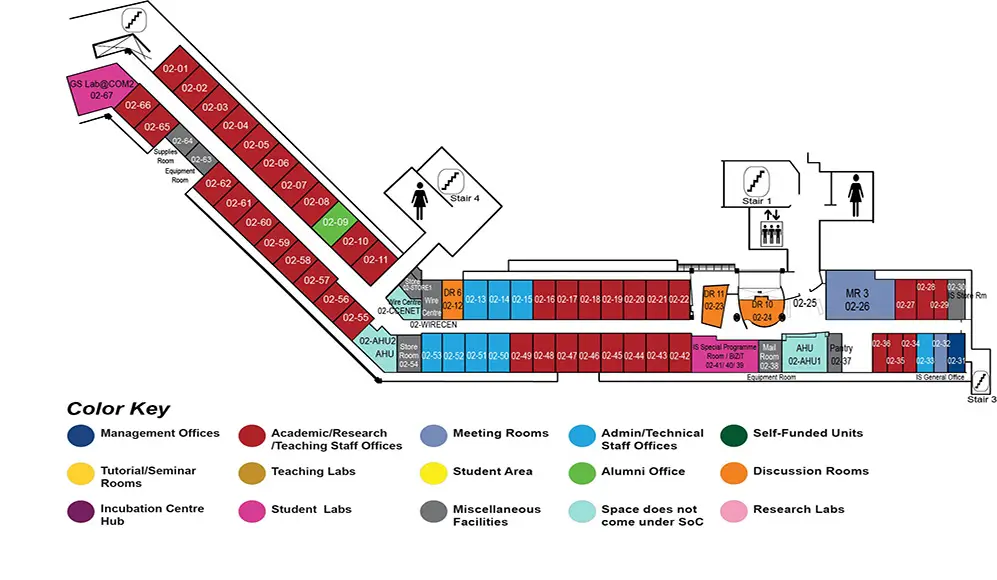Popularity and audience measurement of mobile apps: enabling effective mobile advertisement
Dutta Kaushik, Associate Professor, School of Computing
COM2 Level 2
MR3, COM2-02-26


Abstract:
Consumer software applications that run on smartphones (also known as "mobile apps", or simply, "apps") represent the fastest growing consumer product segment in recent times, and cumulative app downloads continue to grow at a fast pace. Popular app stores like Google Play and iTunes are leading this mobile app revolution. Aligned with this spectacular growth of the mobile market in general and mobile apps in particular, the world of digital advertising has also witnessed a pivot into mobile media. Mobile devices, and apps, offer an opportunity to reach a large (>800MM globally), diverse, global and engaged audience.
This thesis focuses on mobile advertising. In particular, emphasis is given to the most key component of the advertising workflow- media acquisition, popularly known as media buying. The onset of digital advertising, on the web, brought about the emergence of a different way to acquire media ? without human intervention, through an automated process, commonly referred to as Programmatic Media Buying (PMB). In this thesis, a conceptual framework is developed based on PMB as a primary way of acquiring inventory in mobile apps. To this end it is focused on how programmatic media buying could help in designing effective mobile ad campaigns. For programmatic purchasing of advertising inventory to be widely adopted, a set of open research problems need to be addressed first. This thesis has addressed three vital problems which can be used to enable the PMB in mobile advertisement context. Such that, in this thesis it is posited that ad campaigns would be more effective when there is a way to determine the popularity signals in real time and when there is a way to pass the relevant audience information of mobile apps from which ad requests are coming.
First study of this thesis focuses on discovery of social media mentions for an app can be performed and it details how it would help in enabling the PMB in the context of mobile advertisement. A particularly interesting issue that has been addressed in this study is, to evaluate the popularity of specific mobile apps by analyzing the social conversation on them. As such this study, presents a strategy to reliably extract twitter posts which are related to specific apps.
Second study of this thesis focuses on computing real time popularity ranks of mobile apps. As the popularity of apps is highly transient, traditional advertisements delivered based on persistent popularities will not hold for mobile apps. As mobile app popularity is highly transient, for mobile app advertisers knowing popularity rank in real time is very vital, because they are interested in placing their advertisements in apps with the greatest reach; As the existing native store ranks (ranks provided by app stores) have often been criticized for being commercially driven and not representing the ?true? popularity rank, this study proposes a new Ordered Weighted Average (OWA) based ranking mechanism - Deviation based OWA (DOWA), which is an adaptive and dynamic weighting scheme, in which the weights attached to various features dynamically change based on importance of it in the ranking mechanism. The proposed approach is validated using life cycle data of apps in the Apple iOS app store.
Third study of this thesis is focuses on proposing a non-panel based reliable classification based text mining approach to measure mobile app audience. Proposed dynamic approach can be used to estimate the audience of existing million of apps as well as the incoming new apps.
In summary, this thesis has focused on programmatic buying of social media popularity, real time popularity rank computation and audience measurement in real time in the context of mobile apps. These strategies can be used in designing effective mobile ad-campaigns.

